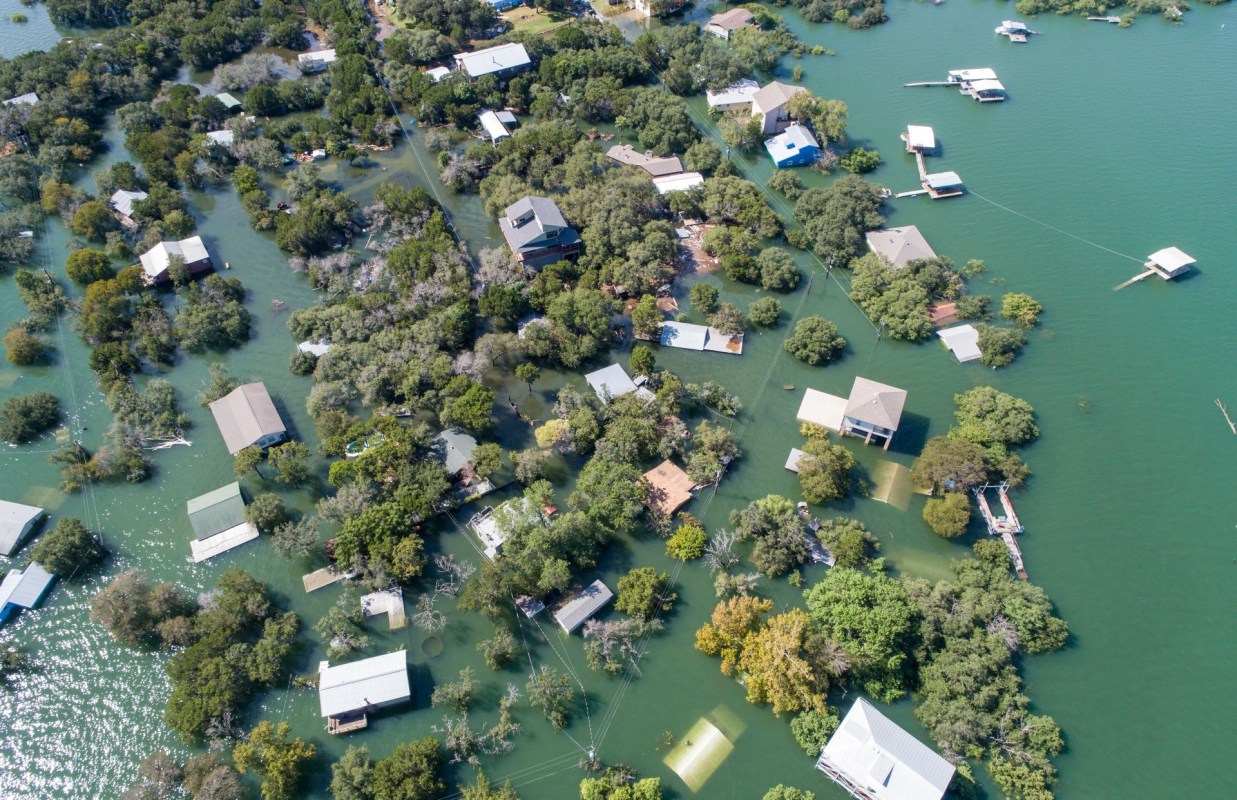Over the last 22 years, the North Carolina government has bought 5,000 homes in flood-prone areas, The News & Observer reports.
Meanwhile, over the same period of time, over 59,000 residences have been built in the same region, putting residents at risk of flood damage. UNC-Chapel Hill recently published a study in the Journal of the American Planning Association detailing this trend.
What's happening?
For decades, North Carolina has run buyout programs to purchase properties in flood-prone areas, The News & Observer reports. The state converts these properties into open areas like parks — places where flood water can sink into the soil. It made a particularly large effort after two recent hurricanes, Hurricane Matthew in 2016 and Hurricane Florence in 2018.
However, real estate developers are also building new homes in the same areas, turning what were once empty lots into houses and apartment buildings.
Why does it matter?
The UNC-Chapel Hill study is focused on North Carolina's 100-year floodplains. These are areas that, according to the federal government, have a 1% chance of flooding each year — or, in other words, will most likely be underwater at least once every 100 years.
This may sound like a long time, but Bankrate sets the lifespan of a house at 100 years or more. This means if an area is predicted to be underwater once in a 100-year period, then any house built in that location will almost definitely be flooded eventually.
Not only that, but as The News & Observer points out, the risk gets greater every year.
First, the more houses and roads surround a home, the less exposed soil surface there is for rainwater to sink into. This makes flooding more likely as water runs off roads and roofs. The runoff can even increase flood risks in areas that were originally outside the floodplains.
Second, extreme weather events like storms and floods get more common as the world's temperature rises. This means an area that used to flood once every 100 years might flood more often now.
What is being done about the flooding?
While the construction in North Carolina's floodplains is increasing risks for owners, the state's buyback programs are still helping.
"What we found shouldn't at all mean that the buyouts and the elevations … aren't helpful," Miyuki Hino, lead author of the UNC-Chapel Hill paper, told The News & Observer. "This isn't offsetting the benefits of those things."
Meanwhile, some local governments are putting regulations in place to stop development in floodplains. Raleigh and the Town of Cary both have measures in place regarding new construction in these areas.
But, Hino also told the outlet that "even in communities that have been investing in other ways, we can do better and there's room for improvement."
Join our free newsletter for cool news and actionable info that makes it easy to help yourself while helping the planet.









